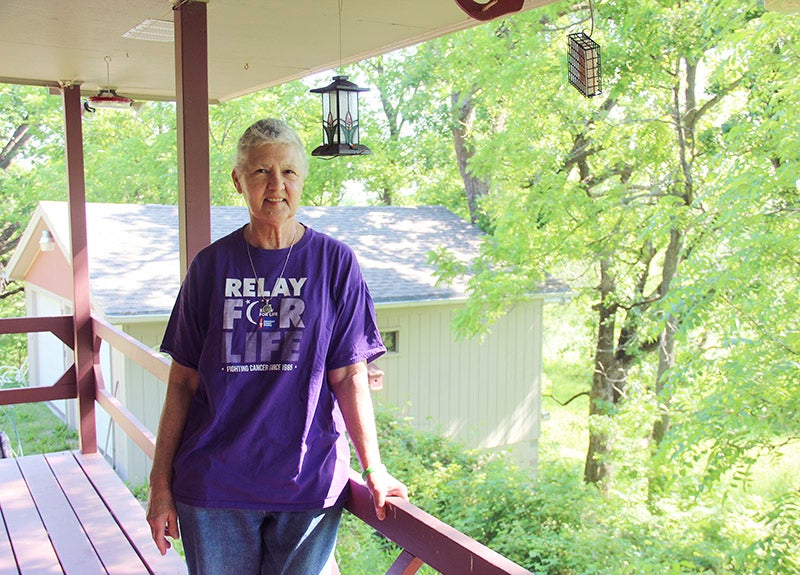City reworks process for job applications
Published 8:58 pm Wednesday, April 11, 2018
The city of Albert Lea is revamping its job application process to eliminate what officials said are explicit and implicit biases.
The portions of city job applications that list the applicant’s name and address will not be available for the hiring manager in cases where the application moves forward.
The applicant’s salary history will no longer be requested.
Albert Lea Assistant City Manager Jerry Gabrielatos said the move is meant to ensure hiring managers are reviewing somebody’s qualification for the position, not based on other factors that could reveal implicit biases or personal sentiments.
“When the hiring manager is reviewing applications, he or she will not know who is applying, and the idea would be that whether or not the person is interviewed is based solely on that person’s qualifications,” he said.
The idea for the program advanced as Gabrielatos and United Way of Freeborn County Executive Director Ann Austin attended an eight-week Equity Works Leadership Institute at the University of Minnesota. The program’s aim is to ensure local racial divides are lessened.
Attendees were required to design and implement a project that promoted workplace equity.
“This is what we selected,” Gabrielatos said.
Albert Lea Human Resources Director Mike Zelenak said the change is taking place as the local job pool shrinks.
“The applicant pool is getting small, smaller,” he said. “There’s less applicants, more jobs, so we want to make sure everyone’s application gets looked at and considered based on its qualifications.”
Gabrielatos said the city is trying to build relationships with minority populations and has met with Linda Lares of Semcac and Riverland Community College staff members to help galvanize more applications.
Gabrielatos said someone’s salary history is not necessarily pertinent information because applicants sometimes choose jobs based on non-monetary reasons.
Zelenak said though the city did not have a problem previously in its job application process, it needed to be evolved.
“The hiring processes have to be looked at,” he said. “They have to change over time, and if you once generated 80 applications and you only generate 20, 25 now, are there different things that you can do to generate more applications, and are there barriers to your application process for certain groups of people, so you have to evaluate it constantly.”






